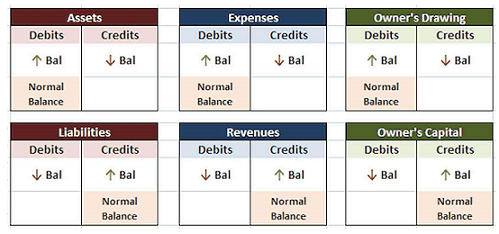The Importance of the Times Interest Earned Ratio

In other words, a ratio of 4 means that a company makes enough income to pay for its total interest expense 4 times over. Said another way, this company’s income is 4 times higher than its interest expense for the year. A TIE ratio above 3 is typically considered strong, indicating that the company can cover its interest expenses three times over. For prospective lenders, a high interest expense compared to to your earnings can be a red flag. If the water is filling your glass faster than you can drink it, it’s fair to say you should not be given more — more debt means more interest.
- If the water is filling your glass faster than you can drink it, it’s fair to say you should not be given more — more debt means more interest.
- For example, if dividends are $100,000 and income is $400,000, the dividend payout ratio is calculated by dividing $100,000 by $400,000, which is 25%.
- Accounting ratios cover a wide array of ratios that are used by accountants and act as different indicators that measure profitability, liquidity, and potential financial distress in a company’s financials.
- It is calculated by dividing a company’s earnings before interest and taxes (EBIT) by its interest expense within a specific period, typically a year.
As we previously discussed, there is a lot more than this basic equation that goes into a lender’s decision. But you are on top of your current debts and their respective interest rates, and this will absolutely play into the lender’s decision process. Companies that can generate consistent earnings, such as many utility companies, may carry more debt on the balance sheet.
How Can a Company Improve Its Times Interest Earned Ratio?
The times interest earned ratio is calculated by dividing a company’s EBIT by the company’s annual debt obligations. A business can choose to not utilize excess income for reinvestment in the company through expansion or new projects, but rather pay down debt obligations. For this reason, a company with a high times interest earned ratio may lose favor with long-term investors. The times interest earned ratio looks at how well a company can furnish its debt with its earnings. It is one of many ratios that help investors and analysts evaluate the financial health of a company.

A higher times interest earned ratio means that the business is generating more earnings, or that the business has reduced total interest expense — or both. This source provides the 2021 median ICR ratio for a number of industries, the times interest earned ratio provides an indication of based on publicly traded U.S. companies that submit financial statements to the SEC. To determine a financially healthy ratio for your industry, research industry publications and public financial statements.
What Is an Accounting Ratio?
The times interest earned (TIE) formula was developed to help lenders qualify new borrowers based on the debts they’ve already accumulated. It’s a worthwhile measure to ensure companies keep chugging along and only take on as much as they can handle. The times interest earned ratio is a measurement of a company’s solvency.
Reducing net debt and increasing EBITDA improves a company’s financial health. This article explores the times interest earned (TIE) ratio, provides several examples of its application, and explains how your business can improve the ratio’s value over time. Get instant access to video lessons taught by experienced investment bankers. Learn financial statement modeling, DCF, M&A, LBO, Comps and Excel shortcuts. Simply put, the TIE ratio, or “interest coverage ratio”, is a method to analyze the credit risk of a borrower. Accounting ratios are useful if you are looking to start your own business as well.

